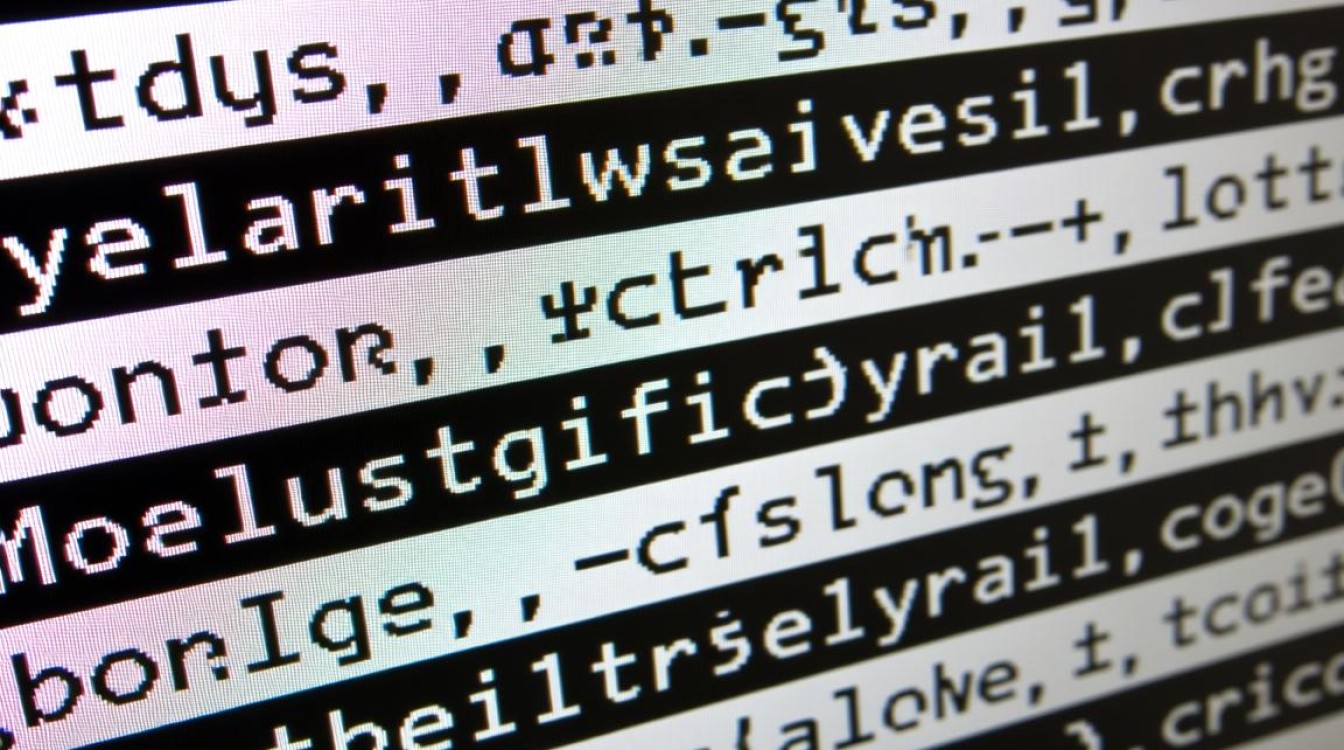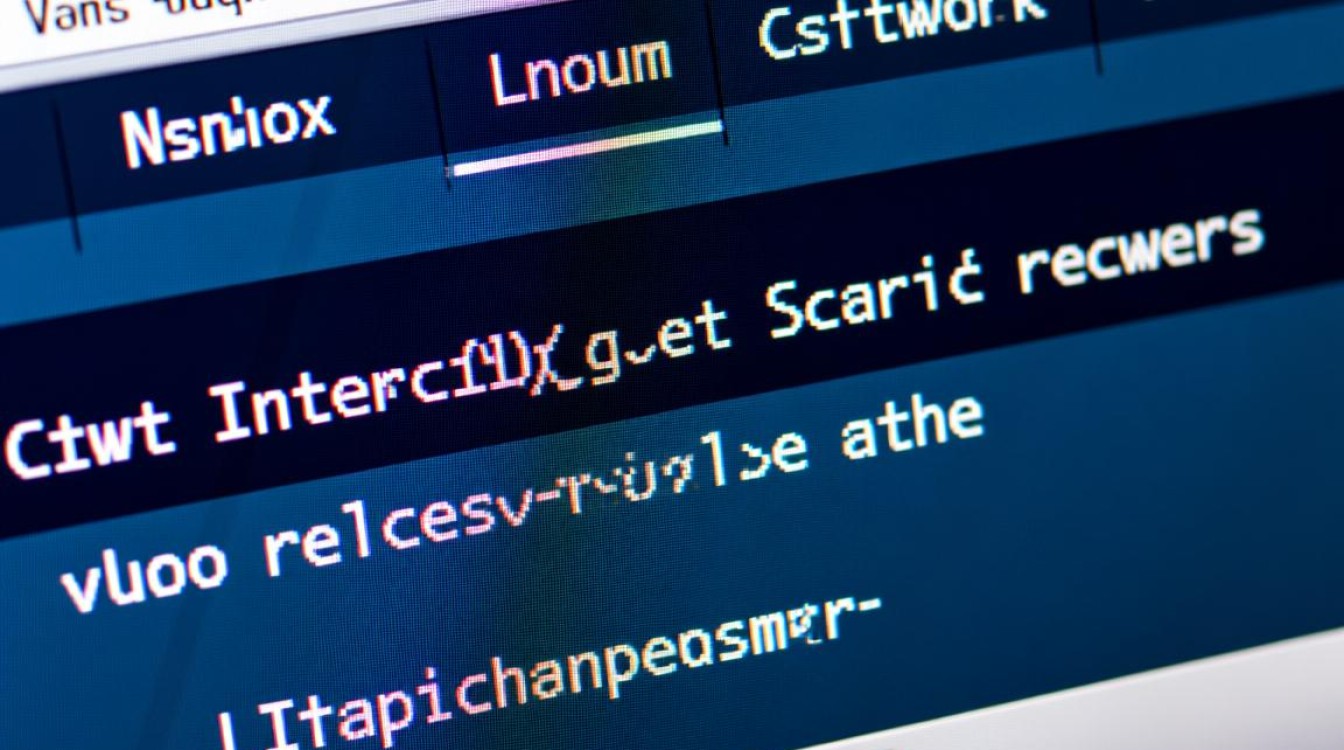在Linux系统中,ARP(地址解析协议) plays a crucial role in mapping IP addresses to MAC addresses at the data link layer. However, in certain scenarios, such as network troubleshooting, security hardening, or resolving IP conflicts, it becomes necessary to clear the ARP cache. This article provides a comprehensive guide on how to manage and clear the ARP cache in Linux, covering various methods, underlying principles, and practical considerations.

Understanding the ARP Cache in Linux
The ARP cache is a temporary storage table that maintains the correlation between IP addresses and MAC addresses. When a device needs to communicate with another device on the same local network, it checks the ARP cache to see if the MAC address is already known. If not, it broadcasts an ARP request to obtain the information. In Linux, the ARP cache can be viewed using the arp command or by examining the /proc/net/arp file. Each entry in the cache typically includes the IP address, hardware type (usually Ethernet), flags (indicating whether the entry is permanent or temporary), MAC address, and device interface.
Methods to Clear the ARP Cache in Linux
There are several ways to clear the ARP cache in Linux, ranging from simple command-line tools to more advanced configuration methods. The choice of method depends on the specific requirements, such as clearing the entire cache or removing specific entries, and the Linux distribution being used.
Using the arp Command
The arp command is a traditional tool for manipulating the ARP cache. To clear all entries from the ARP cache, you can use the -d option followed by -a, which deletes all entries. For example:
sudo arp -d -a
However, note that this command may not work on all Linux distributions, especially newer ones that have replaced arp with iproute2 tools. Additionally, some systems may require the --flush option instead. To delete a specific ARP entry, you can specify the IP address:
sudo arp -d 192.168.1.100
Using the ip Command (Recommended)
The ip command, part of the iproute2 suite, is the modern and more reliable tool for managing network interfaces and routing tables in Linux. To clear the entire ARP cache, use the neigh (neighbor) command with the flush option:
sudo ip neigh flush all
To flush ARP entries for a specific network interface, such as eth0, use:
sudo ip neigh flush dev eth0
For removing a specific entry by IP address:

sudo ip neigh del 192.168.1.100 dev eth0
The ip command is widely supported across modern Linux distributions and offers more flexibility compared to the legacy arp command.
Clearing ARP Cache via /proc Filesystem
Linux provides a virtual filesystem at /proc that allows direct interaction with kernel data structures. The ARP cache can be cleared by writing to the /proc/net/arp file. However, this method is not recommended for regular use as it can be error-prone and is less intuitive than using dedicated commands. To clear all entries, you can use the following command (though it may not work on all kernels):
sudo echo > /proc/net/arp
This method is generally reserved for advanced users or scripting scenarios where other tools are unavailable.
Using sysctl to Configure ARP Behavior
While not a direct method to clear the ARP cache, the sysctl utility can be used to configure kernel parameters related to ARP, which indirectly affects the cache. For example, to disable ARP caching entirely (not recommended for most use cases), you can set:
sudo sysctl -w net.ipv4.neigh.default.gc_thresh1=0 sudo sysctl -w net.ipv4.neigh.default.gc_thresh2=0 sudo sysctl -w net.ipv4.neigh.default.gc_thresh3=0
These parameters control the garbage collection thresholds for the ARP cache. Adjusting them can help manage cache size but does not clear existing entries. To make these changes persistent across reboots, add them to /etc/sysctl.conf.
Practical Scenarios for Clearing ARP Cache
Understanding when and why to clear the ARP cache is essential for effective network management. Below are some common scenarios where clearing the ARP cache is beneficial.
Resolving IP Conflicts
IP conflicts occur when two devices on the same network are assigned the same IP address, leading to intermittent connectivity issues. Clearing the ARP cache can help resolve such conflicts by forcing devices to re-learn the correct MAC address mappings. For example, if a device is experiencing connectivity problems due to an IP conflict, flushing the ARP cache on the affected device or the router may restore normal communication.

Network Troubleshooting
During network troubleshooting, stale ARP entries can cause misleading results. For instance, if a device’s MAC address has changed (e.g., due to a network card replacement), the old ARP entry may still be in the cache, preventing proper communication. Clearing the ARP cache ensures that fresh ARP requests are sent, providing up-to-date information for diagnostic tools like ping or traceroute.
Security Considerations
In certain security scenarios, such as mitigating ARP spoofing attacks, clearing the ARP cache can be a temporary measure. ARP spoofing involves an attacker sending fake ARP messages to associate their MAC address with a legitimate IP address, enabling man-in-the-middle attacks. While clearing the cache alone is not a robust security solution, it can help in temporarily disrupting an ongoing attack and buying time to implement more permanent measures like dynamic ARP inspection (DAI).
Best Practices and Precautions
While clearing the ARP cache is a useful technique, it should be done with caution to avoid unintended consequences. Here are some best practices to follow:
- Use the Right Tool: Prefer the
ipcommand over the legacyarpcommand for better compatibility and functionality. - Scope the Operation: Clear only the necessary ARP entries (e.g., for a specific interface or IP address) rather than flushing the entire cache unless required.
- Verify Before Acting: Always check the current ARP cache using
ip neigh showorarp -abefore clearing entries to avoid disrupting active connections. - Document Changes: In production environments, document any ARP cache modifications for auditing and troubleshooting purposes.
- Avoid Frequent Flushing: Regularly clearing the ARP cache can degrade network performance by increasing ARP broadcast traffic. Reserve this action for specific troubleshooting or security scenarios.
Summary of Commands
Below is a quick reference table summarizing the key commands discussed in this article:
| Action | Command |
|---|---|
| View ARP cache (ip command) | ip neigh show |
| View ARP cache (arp command) | arp -a |
| Flush all ARP entries | sudo ip neigh flush all |
| Flush ARP entries for an interface | sudo ip neigh flush dev eth0 |
| Delete a specific ARP entry | sudo ip neigh del <IP> dev <interface> |
| Delete ARP entry (legacy arp) | sudo arp -d <IP> |
Conclusion
Clearing the ARP cache in Linux is a straightforward yet powerful technique for resolving network issues, addressing IP conflicts, and enhancing security. By understanding the underlying principles and using the appropriate tools like the ip command, system administrators can efficiently manage the ARP cache to ensure optimal network performance. However, it is crucial to approach this task with care, following best practices to avoid disrupting critical network operations. Whether you are a seasoned network engineer or a Linux enthusiast, mastering ARP cache management is an essential skill for maintaining a healthy and secure network infrastructure.



















